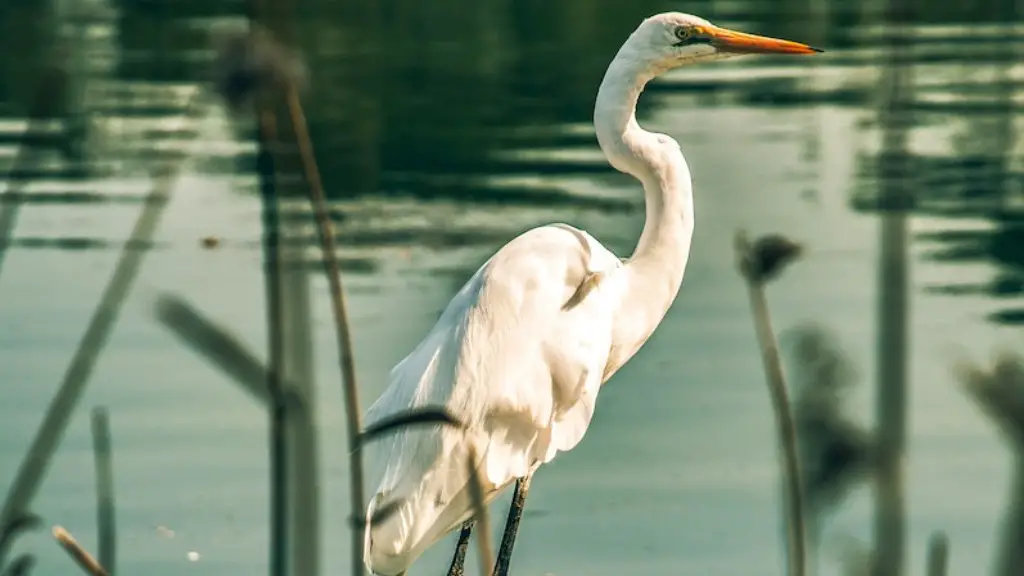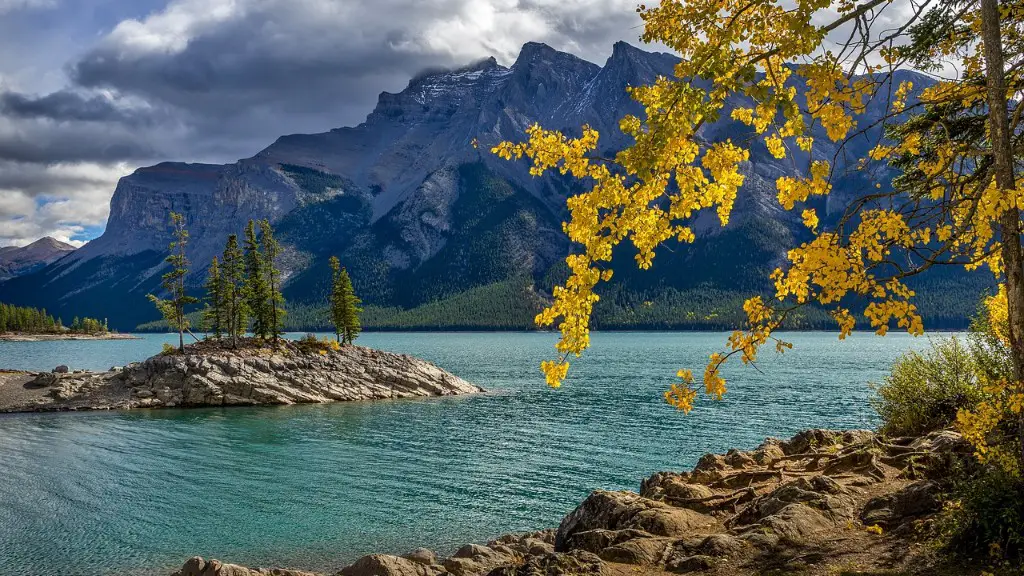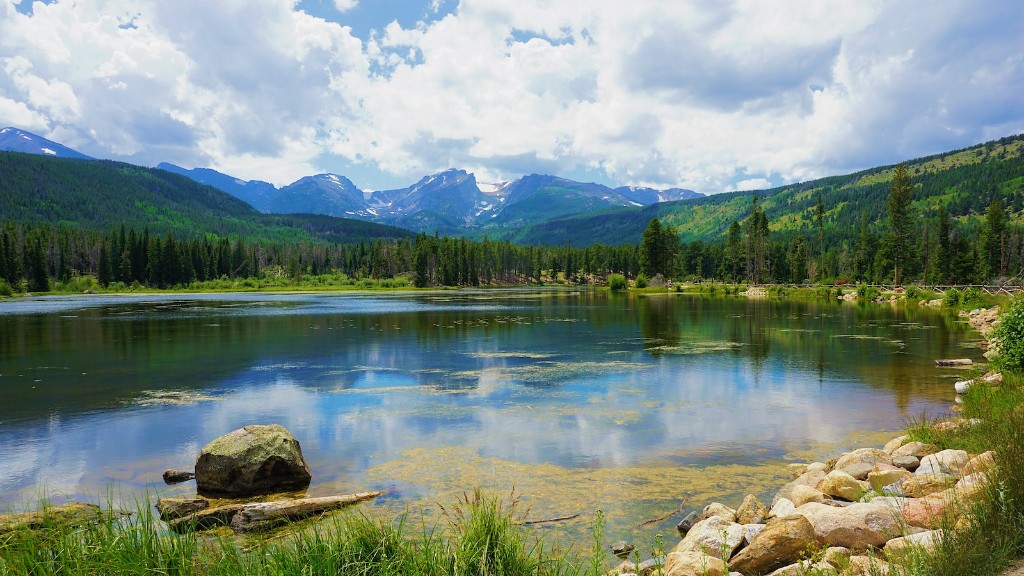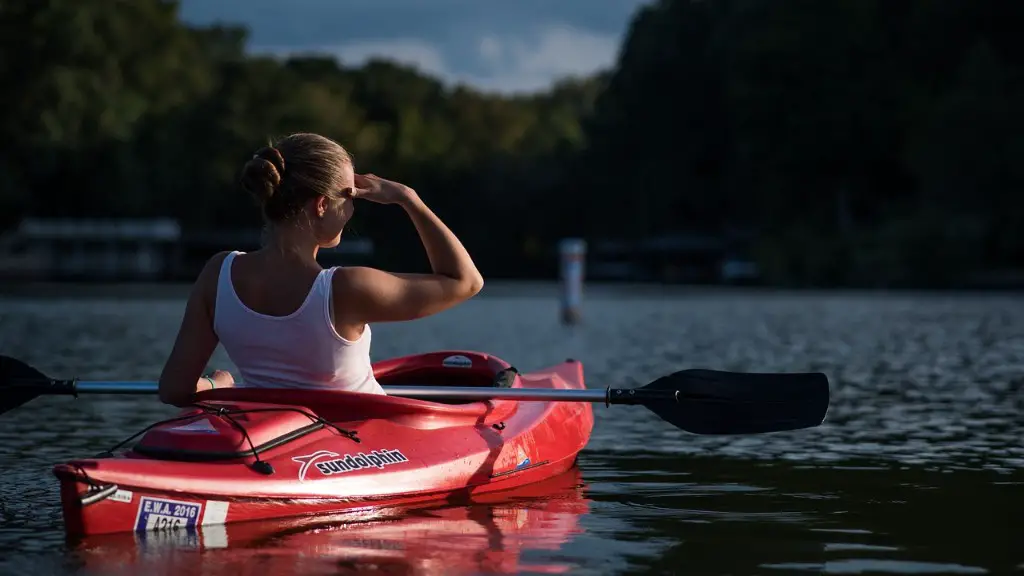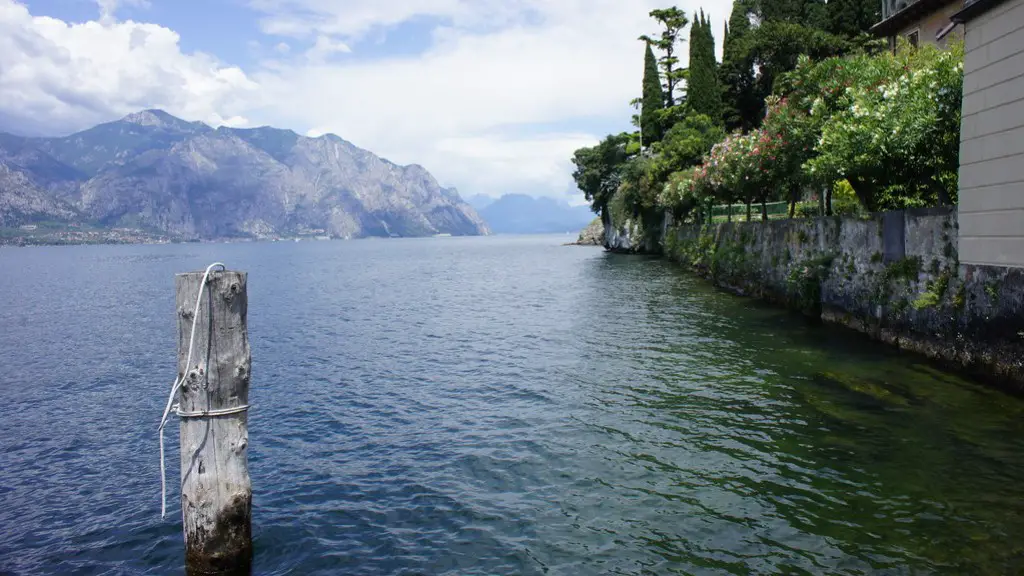Situated in south-east Siberia, Lake Baikal is considered one of the most stunning natural wonders in the world. It is the oldest freshwater lake in the world and its age is estimated to be around 25–30 million years. It is also the deepest lake in the world and its submerged depths reach an incredible 1,642 metres. With a surface area of 31,494 km2, Lake Baikal is the largest body of freshwater on Earth by volume, containing 23% of the world’s total fresh surface water. That is not the only superlative associated with Lake Baikal – some 1,300 unique species of plants and animals can be found in its crystal clear waters; a third of which exist nowhere else on our planet.
Since 1996, the lake and its surrounding area have been protected as a UNESCO World Heritage Site, as have the four rivers which feed the lake – the Angara, the Selenga, the Barguzin and the Upper Angara. With over 11 million people living within the watershed of this incredible body of water, Lake Baikal is a site of immense ecological, scientific, cultural and aesthetic importance.
Unfortunately, the landscape surrounding Lake Baikal is not untouched and the surrounding areas are almost constantly under threat from unsustainable and destructive development, as well as from natural sources. In 2008, the Buryat authorities reportedly allowed a direct discharge of wastewater from a paper mill into the lake, attacking the species and fragile eco-system native to the area. This is one example of irresponsible activity, activity that does not take into account the importance of the lake and its long-term sustainability.
In order to protect the lake and to preserve its unique and diverse resources, local authorities have recognised the need for a sustainable and ecologically sound approach to both development initiatives, as well as traditional approaches to use of the lake. Conservation efforts include habitat preservation and protection of natural resources and species, all with the intention to keep as much of the lake’s beauty and productivity intact.
These conservation efforts are bolstered by an on-going research programme, whose aim is to learn specific aspects such as the lake’s hydrological and geological evolution, as well as the evolution of its aquatic and terrestrial flora and fauna. Buoyed by its unparalleled potential to provide insight into the history and evolution of this amazing lake, the research programme can bring insight and information that can be used to further protect Lake Baikal and its resources.
Pollution
In the 21st century Lake Baikal and its surrounding area have seen a significant surge in industrial activity, with the worst offender being the Baikal Pulp and Paper Mill situated to the east of the lake. With the production of wood-based paper products this company was responsible for releasing an estimated 6.3 million tons of effluents a year into the lake. With such a quiet influx of effluents and waste it became increasingly difficult for the local population to gauge the effects these incoming pollutants had on the lake and its species. The resulting data amassed by research and conservation efforts has been horrifying, with increased metal deposits detected in the waters leading to the decimation of certain species.
The pollution released by the Pulp and Paper Mill, as well as from other companies in the area, also affects the plant life in the area, leading to further eco-systemic issues. Species and plants affected in this way can no longer have a role in the circle of life, compromising the health of the lake and wreaking havoc in the intricate balance of its ecosystems.
Erosion and the introduction of nutrients into the lake-water have also led to the rapid expansion of plankton and other organisms that can be hazardous or harmful to the native species. These roving outsiders, driven by numbers and ever-increasing levels of nutrients, are detrimental to both the native species, as well as to the activity of local fisheries.
Fishing
Regulated by local and national government, fishing is a major activity in the area surrounding Lake Baikal. In fact, a number of local communities rely on the lake and its vibrant aquatic ecosystems for their income. In a bid to protect the lake, authorities have enforced a number of restrictions on fishing in certain areas, in certain times of year, targeting certain species of fish, etc.
These restrictions, whilst promoting healthy fishing practices, can prove difficult for local communities to adhere to, as well as being difficult to enforce. Unfortunately, this has resulted in the decline of some of the lake’s most beautiful and unique aquatic species, such as the omul, a type of salmon native to the lake.
Without sufficient enforcement of existing fishing regulations, as well as the implementation of new regulations, the omul and other species native to the lake may suffer irreparable harm. Conservation groups and research organisations are currently pushing for closer regulation and protection of the aquatic species in Lake Baikal, be it through increased monitoring, restrictions on using fishing equipment, or strict closing seasons for fish stocks.
Invasive Species
The introduction of non-native species into the lake has been problematic, with species such as the golomyanka, the pink salmon and the smelt all causing immense disruption to the local aquatic ecosystems in Lake Baikal. The introduction of these species has had a direct influence on the lake’s native species such as the omul, which is now being hunted to near-extinction levels by the invasive species.
The effects of these species can be further compounded by issues such as climate change, which leads to a change in temperature, water-level and pH, all of which can have disastrous consequences for the native species in the lake. It is the responsibility of local and national authorities to strive for solutions that protect the lake from further damage, as well as from further non-native species.
Tourism
Tourism is also becoming an increasingly important sector in the region and as such, it needs to be handled responsibly. Thereafter, authorities need to ensure a balance between managing tourism in the area, preserving the land and protecting the lake. Currently, a number of restaurants and guesthouses have popped up in the area, generating both employment and income for the local population.
As a result, the local population has seen an improvement in its way of life and has become more conscious and protective of its environment. As such, the local population is taking part in a number of conservation initiatives as well as in various educational programmes, which are furthering the protection of Lake Baikal and its flora and fauna.
The Future
The present-day situation is far from rosy and much still needs to be done if this amazing natural wonder is to be properly protected. Local and regional authorities, conservation groups and research institutions are all working towards preserving, protecting and restoring the lake and all that it contains.
Looking to the future, the intention of these organisations is to ensure that Lake Baikal does not suffer further degradation, and that it remains as one of the most beautiful, important and fascinatingly diverse bodies of freshwater on the planet.
Economic Development
Economic development is also playing a part in the conservation of Lake Baikal, with both local and international investment supporting the research and conservation initiatives in the area. With an understanding of the larger economic context, local and national government come together to attract responsible development that has a focus on the environment, building a stronger and more prepared society.
Economic opportunities have provided local populations with employment and income as well as improved infrastructure, furthering access to healthcare and education, leading to an overall improvement in the quality of life in the area, as well as an understanding of the importance of the lake and its biodiversity.
Environmental Education
With access to educative resources, people in the area are beginning to understand the value of their environment, as well as the need for responsible and sustainable activity. The development of environmental clubs and other initiatives leads to the spread of conservation thought, as well as increased knowledge of the ways to keep Lake Baikal healthy.
Museums, exhibitions and other such programmes can be used to spread knowledge and understanding of the lake as far and wide as possible. With greater understanding of the lake, local populations, visitors and everyone else can do their part in preserving and protecting this natural masterpiece.
Conclusion
There can be no argument against the magnificence and importance of Lake Baikal and its integral role in the planet’s biodiversity. It is the responsibility of us all to remain vigilant in the fight to preserve this vital habitat and its species, so that future generations can continue to learn from and appreciate this gem.
